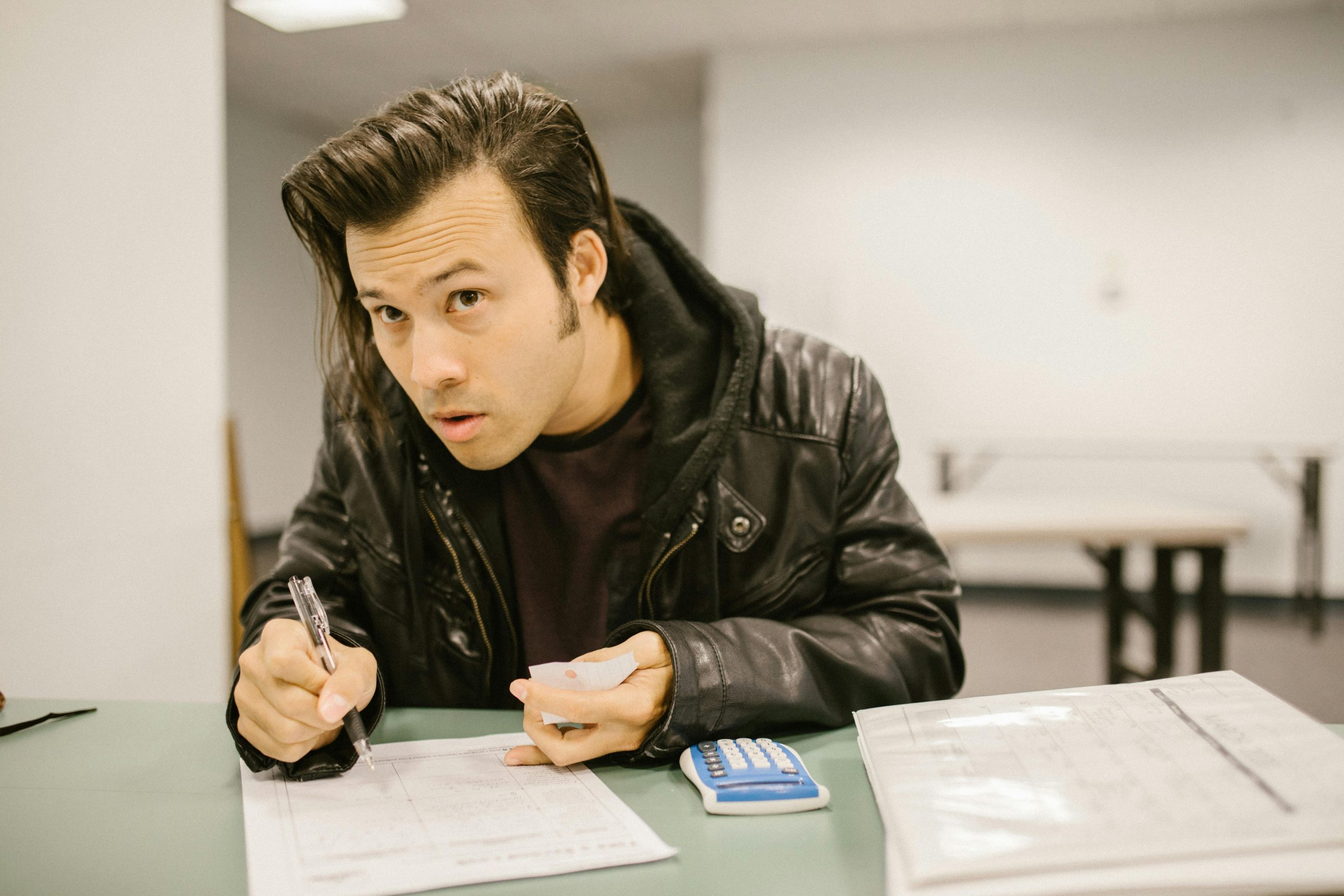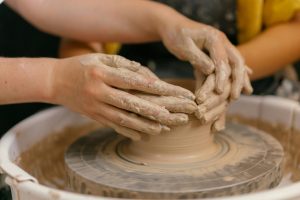Assessment Strategies for Standards-Based Education: Measuring Progress
Assessment is an essential aspect of education, as it allows educators to measure students’ progress and determine their strengths and areas for improvement. With the increasing emphasis on standards-based education, assessment strategies have evolved to align with the required learning outcomes and provide a more accurate measurement of students’ achievements. In this article, we will explore the concept of standards-based education and discuss various assessment strategies for measuring progress in this educational approach.
Understanding Standards-Based Education
Standards-based education refers to an educational approach in which the curriculum, instruction, and assessment are based on pre-determined learning standards or objectives. These standards outline the knowledge and skills that students are expected to acquire at each grade level. This approach aims to provide a clear and consistent set of expectations for what students should know and be able to do, allowing for a more focused and cohesive learning experience.
The Importance of Assessment in Standards-Based Education
The use of assessment in standards-based education is crucial for several reasons. Firstly, it helps teachers monitor students’ progress in relation to the learning standards. By regularly assessing students’ performance, teachers can identify any gaps in understanding and provide additional support and interventions to help students meet the standards.
Secondly, assessment enables students to receive timely feedback on their learning, which is essential for their growth and development. It allows students to reflect on their performance and identify areas for improvement, promoting a more self-directed and active learning process. Moreover, the use of assessment in standards-based education provides a more accurate and comprehensive measure of students’ achievements compared to traditional assessment methods.
Assessment Strategies for Measuring Progress in Standards-Based Education
1. Performance Tasks
Performance tasks are hands-on activities that require students to apply their knowledge and skills in real-world scenarios. These tasks provide a more authentic assessment of students’ abilities as they mimic the skills and competencies required in the workforce. For instance, a performance task for a science class could involve students conducting an experiment and writing a report, assessing their ability to apply the scientific method and communicate their findings effectively.
2. Portfolios
A portfolio is a collection of a student’s work that demonstrates their progress and growth over time. It allows for a more holistic assessment of students’ abilities, as it includes a variety of artifacts, such as written assignments, projects, and presentations. Portfolios also promote self-reflection, as students can see their progress and identify areas for improvement. Teachers can use portfolios to assess students’ performance against the learning standards and provide targeted feedback for improvement.
3. Rubrics
A rubric is a scoring tool that outlines the criteria and expectations for an assignment or assessment task. Rubrics are an effective assessment strategy in standards-based education, as they provide clarity on what students need to do to meet the learning standards. They also promote consistency and fairness in grading, as all students are evaluated using the same criteria. Additionally, rubrics serve as a guide for students, giving them a clear understanding of what is expected of them and how they will be assessed.
4. Formative Assessment
Formative assessment involves gathering information about students’ progress during the learning process. Unlike summative assessment, which occurs at the end of a unit or course, formative assessment provides ongoing feedback to help students improve their understanding and achieve the learning goals. This assessment strategy is particularly useful in standards-based education, as it allows teachers to monitor students’ progress and provide interventions as needed.
5. Peer and Self-Assessment
Peer and self-assessment involve students evaluating their own or their peers’ work against the learning standards or rubric criteria. This assessment strategy not only promotes students’ involvement in their learning but also enables them to develop critical thinking skills and reflect on their progress. Additionally, peer and self-assessment can help reduce the workload for teachers and provide a more authentic assessment of students’ abilities.
Conclusion
Assessment is an essential part of standards-based education, as it allows for the measurement of students’ progress and ensures they are meeting the required learning standards. By using a variety of assessment strategies, including performance tasks, portfolios, rubrics, formative assessment, and peer and self-assessment, educators can provide a more accurate and comprehensive evaluation of students’ achievements. It is crucial to remember that assessment is not just about measuring what students know but also providing them with feedback and opportunities for growth and improvement.









